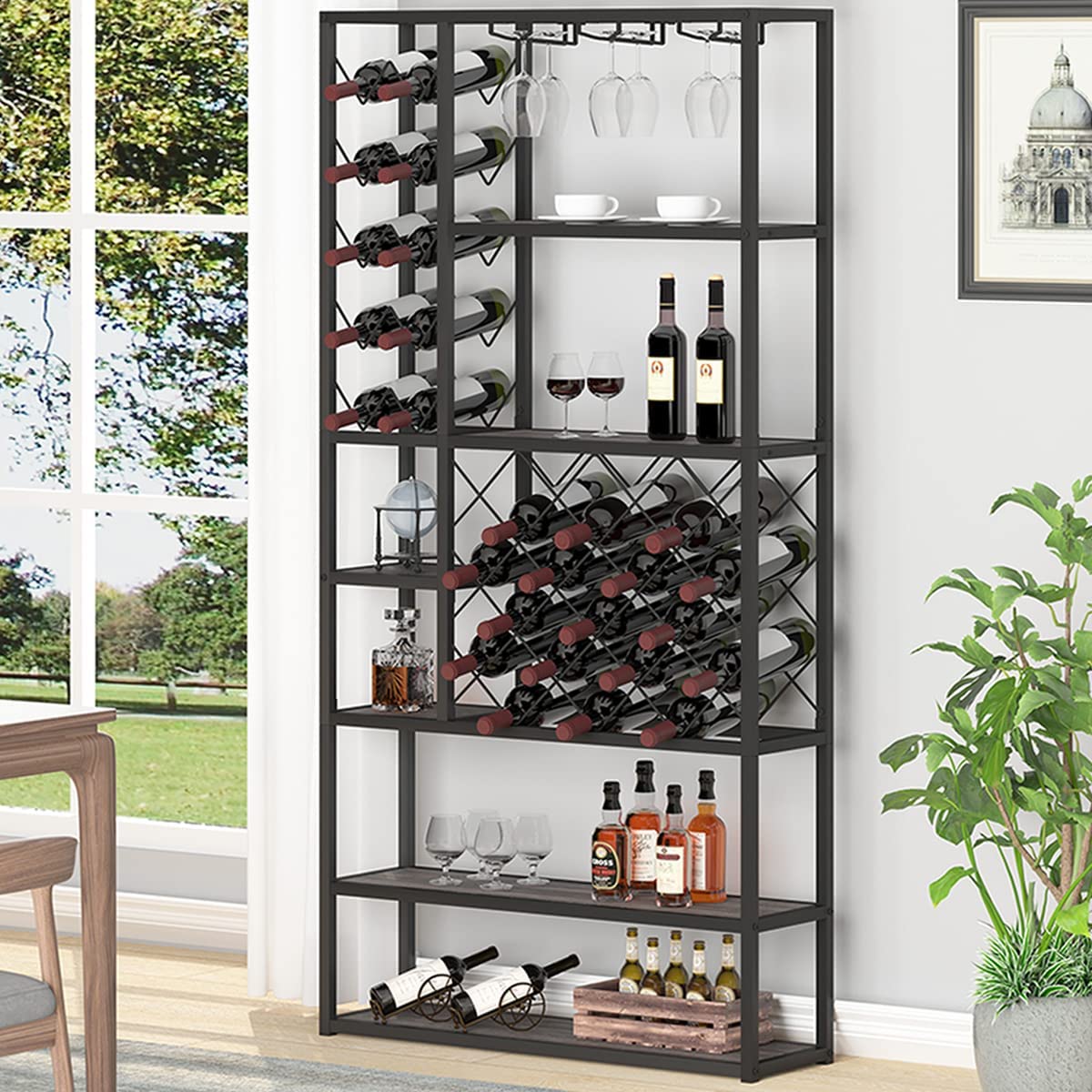

Articles
What Is A Cellar
Modified: January 20, 2024
Discover the art of interior design with our guide on what a cellar can bring to your home. Transform your space with stylish and functional cellar interior designs.
(Many of the links in this article redirect to a specific reviewed product. Your purchase of these products through affiliate links helps to generate commission for Storables.com, at no extra cost. Learn more)
Introduction
A cellar is a unique and versatile space that has been utilized for centuries. It serves as a functional storage area for preserving and aging various items, such as wine, food, and even artwork. The concept of a cellar has evolved over time, from simple underground storage spaces to sophisticated and well-designed rooms.
In this article, we will delve deeper into the world of cellars, exploring their definition, purpose, history, types, benefits, design considerations, maintenance, and troubleshooting. Whether you are a wine enthusiast, a culinary aficionado, or simply interested in learning more about these fascinating spaces, this article will provide you with valuable insights.
So, let’s unlock the doors and step down into the intriguing world of cellars!
Key Takeaways:
- Cellars have a rich history, serving as valuable spaces for preserving wine, food, and artwork. They offer benefits such as extended shelf life, cost savings, and increased home value.
- Designing a cellar requires careful consideration of temperature control, ventilation, lighting, and security. Proper maintenance and troubleshooting are essential for preserving the optimal condition of stored items.
Read more: What Is A Fruit Cellar
Definition of a Cellar
A cellar is a specific type of storage space that is typically located below ground level or partially underground. It is designed to provide optimal conditions for the preservation, aging, and storage of various items, particularly perishable goods and sensitive materials, such as wine, fruits and vegetables, cheeses, and artwork.
The main distinguishing feature of a cellar is its cool and stable temperature, which is often maintained by the surrounding earth. This natural insulation helps to create a consistent environment that is crucial for the proper aging and storage of certain items. Additionally, cellars are often dark and have controlled humidity levels to prevent spoilage and deterioration.
Cellars are commonly found in residential homes, commercial establishments, and even historical buildings. They can range in size from small, intimate spaces to expansive underground chambers. While wine cellars are perhaps the most well-known type, there are also cellars dedicated to food storage, root cellars, and even art cellars for museums and galleries.
Overall, the defining characteristics of a cellar are their specific purpose, location below ground level, and the ability to maintain optimal conditions for the items stored within.
Purpose and History of Cellars
The purpose of a cellar is to provide an environment that promotes the preservation, aging, and storage of various items. Throughout history, cellars have served as essential spaces for storing food, beverages, and other perishable goods, ensuring their availability for extended periods.
The history of cellars dates back centuries, with early civilizations recognizing the importance of cool and dark spaces for preserving food. In ancient times, cellars were often simple underground storage areas dug into the earth or formed within natural caves. These primitive cellars relied on the natural insulation of the soil to keep temperatures cool and consistent.
Over time, the design and purpose of cellars evolved. In medieval Europe, for example, cellars became prevalent for storing wine. Monasteries and noble estates often had extensive wine cellars to house their vast collections. Wine cellars were typically located underground to take advantage of the naturally cool and damp conditions.
The Renaissance period witnessed further advancements in cellar design. Wealthy nobles and merchants began constructing elaborate underground cellars to store not only wine but also food, artwork, and luxury items. These cellars featured improved ventilation systems, wine racks, and even decorative elements to showcase the status and wealth of their owners.
Cellars also played a significant role in times of war and conflict. For example, during World War II, cellars served as shelters for people seeking protection from bombings. These makeshift shelters often housed families, providing them with a safe haven during the turbulent times.
Today, the purpose of cellars remains largely the same – to create the ideal environment for storing and aging various items. Whether it’s wine enthusiasts creating their own personal wine cellars, chefs utilizing cellar space for storing seasonal produce, or museums preserving valuable artworks, cellars continue to serve a crucial purpose in modern society.
Over the centuries, cellars have transitioned from simple underground storage spaces to sophisticated rooms designed to meet specific storage requirements. The history of cellars reflects the evolving needs of society and the recognition of the importance of preserving and protecting valuable items.
Types of Cellars
Cellars come in various types, each designed to cater to specific storage needs. Here are some of the most common types of cellars:
- Wine Cellar: Wine cellars are dedicated storage spaces for aging and storing wine. They are designed to maintain precise temperature and humidity levels to ensure the wine’s quality and flavor over time. Wine cellars can range from small closets to elaborate underground rooms with climate control systems and wine racks.
- Food Cellar: Food cellars, also known as larders or root cellars, are designed to store perishable goods like fruits, vegetables, and cured meats. These cellars often have higher humidity levels and cooler temperatures compared to other types, creating an ideal environment for long-term food preservation.
- Pantry Cellar: Pantry cellars are used to store non-perishable food items, such as canned goods, dry goods, and spices. These cellars are often found in residential homes and serve as an extended pantry space, providing ample storage for food supplies.
- Art Cellar: Art cellars are dedicated spaces for storing and preserving artwork, artifacts, and collectibles. They are designed to maintain stable temperature and humidity levels to prevent damage to delicate artworks. Art cellars often feature specialized lighting and security systems to protect valuable pieces.
- Utility Cellar: Utility cellars serve as multifunctional storage spaces, accommodating a wide range of items. These cellars may house household appliances, tools, gardening equipment, and other miscellaneous items.
It’s important to note that these categories are not mutually exclusive, and a cellar can serve multiple purposes depending on the individual’s needs. For example, a wine cellar may also have a designated area for food storage or a utility cellar may have a section for wine racks.
The type of cellar you choose will depend on what you plan to store and the specific conditions required for optimal preservation. Consulting with professionals or doing thorough research will help you determine the best type of cellar for your specific needs.
Benefits of Having a Cellar
Having a cellar offers numerous advantages, making it a valuable addition to any home or establishment. Here are some benefits of having a cellar:
- Optimal Storage Conditions: Cellars provide the ideal environment for storing and preserving a variety of items. The cool and stable temperatures, controlled humidity levels, and darkness create conditions that help slow down the aging process and prevent spoilage.
- Extended Shelf Life: Proper storage in a cellar can significantly extend the shelf life of perishable goods like wine, food, and artwork. By providing the ideal conditions, cellars can help maintain the quality and value of these items for longer periods.
- Space Efficiency: Cellars utilize often underutilized or unused spaces, such as basements or underground areas. By making effective use of these areas, you can maximize storage capacity without sacrificing valuable living or working space.
- Cost Savings: With a well-designed cellar, you can stock up on items when they are on sale or in season, saving money in the long run. Wine enthusiasts can buy wines in bulk and allow them to age in their cellar, avoiding the need to constantly purchase expensive aged wines.
- Convenience: Having a cellar means having easy access to stored items whenever you need them. Whether it’s grabbing a bottle of wine for a special occasion or having a variety of ingredients readily available for cooking, a cellar provides convenience and accessibility.
- Wine Collection Showcase: A dedicated wine cellar allows you to showcase your wine collection in an organized and aesthetically pleasing manner. With proper lighting and display racks, you can create a visually stunning space to impress guests and fellow wine enthusiasts.
- Increased Home Value: A professionally designed and well-maintained cellar can enhance the overall value of your property. Potential buyers often view cellars as attractive and functional features, adding to the desirability and marketability of the property.
Whether it’s preserving the quality of wine, prolonging the freshness of food, or protecting valuable artwork, having a cellar offers a range of benefits. It provides a dedicated space that supports proper storage and organization while offering convenience and cost savings in the long run.
A cellar is an underground room used for storage of food, wine, or other goods. It is typically cool and dark, making it ideal for preserving perishable items.
Design Considerations for Cellars
Designing a cellar requires careful consideration to ensure optimal storage conditions and functionality. Here are some key design considerations to keep in mind:
- Temperature and Humidity Control: The most critical aspect of cellar design is controlling temperature and humidity levels. Depending on the items you plan to store, aim for a temperature range of 50-60°F (10-15°C) for wine cellars, and around 55-65% humidity. Use insulation, vapor barriers, and climate control systems to maintain these conditions.
- Ventilation: Proper ventilation is crucial for maintaining air circulation and preventing musty odors or mold growth in the cellar. Install vents or fans to improve airflow and consider incorporating a ventilation system with filters to remove contaminants from the air.
- Lighting: Cellars should have minimal or subdued lighting to protect light-sensitive items like wine and artwork. Use dimmable or low-UV lighting fixtures, and consider motion sensor lighting to balance visibility with energy efficiency.
- Shelving and Racking: Choose sturdy and stable shelving or racking systems to safely and efficiently store your items. For wine cellars, consider modular wine racks that can accommodate different bottle sizes and allow for easy access and organization.
- Insulation and Sealing: Proper insulation and sealing are essential to maintain consistent temperature and humidity levels. Insulate walls, ceiling, and floor with materials like foam board or spray foam insulation, and ensure air-tight seals around doors and windows.
- Security: Depending on the items stored in your cellar, consider adding security measures such as locks, alarms, or surveillance cameras to protect your valuable collection.
- Accessibility: Design the cellar layout to allow for easy access to stored items. Consider the need for aisles, clear labels or inventory management systems, and convenient pathways to reach items at the back of shelves or racks.
- Aesthetics: While functionality is essential, don’t overlook the aesthetics of your cellar. Choose appropriate flooring, wall finishes, and decorative elements that suit the overall theme and style of the space.
It’s important to consult with professionals or experts in cellar design to ensure that your specific storage needs are met. They can provide guidance on the best design elements and materials for your cellar, taking into account factors such as location, climate, and the items you plan to store.
Building or Remodeling a Cellar
Building or remodeling a cellar requires careful planning and consideration to create a functional and efficient storage space. Here are some key steps to follow when undertaking a cellar construction or remodeling project:
- Assess the Space: Evaluate the available space and determine if it is suitable for a cellar. Consider factors such as access, water seepage, and structural integrity. If necessary, consult with professionals to assess the feasibility and potential challenges of the project.
- Create a Design Plan: Develop a detailed design plan that includes the layout, dimensions, and required features of the cellar. Consider the specific storage needs and functionality requirements, such as wine racks, shelving, or specialized storage systems.
- Obtain Necessary Permits: Check with local authorities and obtain any required permits or approvals for the construction or remodeling project. Ensure compliance with building codes and regulations to avoid complications or legal issues.
- Hire Professionals: Engage the services of professionals with experience in cellar construction or remodeling. This may include architects, contractors, electricians, HVAC specialists, and cellar designers. Their expertise will ensure a smooth and successful project.
- Choose Quality Materials: Select high-quality materials that are suitable for cellar construction. Consider factors such as insulation, moisture resistance, and durability. Opt for materials that will help maintain the desired temperature and humidity levels, such as insulated panels, vapor barriers, and moisture-resistant flooring.
- Install Proper Ventilation and Climate Control Systems: Incorporate adequate ventilation to ensure proper airflow and prevent moisture buildup. Depending on the size and needs of your cellar, consider installing a climate control system to maintain the desired temperature and humidity levels.
- Consider Lighting and Electrical Needs: Plan for suitable lighting fixtures that provide adequate visibility without compromising the storage conditions. Consider the placement of electrical outlets to accommodate any additional equipment or appliances you may need in the cellar.
- Address Safety and Security: Implement measures to ensure the safety and security of the cellar and its contents. This may include adding robust doors and windows, installing security systems, and incorporating fire safety measures.
- Ensure Proper Insulation and Sealing: Pay attention to insulation and sealing to maintain consistent temperature and humidity levels. Properly insulate the walls, ceiling, and floor, and ensure airtight seals around doors and windows to prevent any heat or moisture transfer.
- Regular Maintenance: Once the cellar is built or remodeled, establish a maintenance routine to ensure its proper functioning. Regularly check for any signs of water damage, monitor temperature and humidity levels, and perform necessary upkeep to keep the cellar in optimal condition.
Building or remodeling a cellar requires careful planning, attention to detail, and the expertise of professionals. By following these steps and ensuring proper construction and design, you can create a functional and efficient cellar space that meets your storage needs and preserves your valued items for years to come.
Proper Maintenance and Care for Cellars
Maintaining and caring for your cellar is essential to ensure the longevity of stored items and the optimal functionality of the space. Here are some key maintenance and care tips to keep in mind:
- Temperature and Humidity Monitoring: Regularly monitor the temperature and humidity levels in your cellar to ensure they remain within the desired range. Use a reliable thermometer and hygrometer to track these measurements and make adjustments if necessary.
- Cleaning and Organization: Regularly clean your cellar to remove any dust, dirt, or debris that may accumulate. Regularly inspect and organize items on the shelves or racks to maintain a well-structured and easily accessible storage system.
- Inspect for Water Damage: Check for any signs of water damage, such as leaks or condensation. Examine walls, floors, and ceilings for moisture stains or mold growth. Address any issues promptly to prevent further damage and to maintain a dry environment.
- Proper Air Circulation: Ensure proper air circulation within the cellar to prevent musty odors and mold growth. Keep any ventilation systems or fans well-maintained and functioning properly. Periodically open windows or doors if necessary to promote fresh airflow.
- Light and UV Exposure: Minimize exposure of light-sensitive items, such as wine and artwork, to direct sunlight and UV rays. Ensure that lighting fixtures in the cellar are dimmable or low-UV to reduce the potential for damage to stored items.
- Inspect and Maintain Insulation: Regularly check the insulation in your cellar to ensure it remains in good condition. Repair or replace any damaged insulation to maintain consistent temperature and humidity levels.
- Security Measures: If your cellar houses valuable items, consider implementing additional security measures to protect them. This may include installing locks, alarms, or surveillance cameras to enhance the security of the space.
- Regular Equipment Maintenance: If your cellar has climate control systems or other equipment, schedule regular maintenance checks to ensure they are functioning efficiently. Clean or replace filters, check for any leaks, and consult professionals if any issues arise.
- Inventory Management: Keep track of the items stored in your cellar through an organized inventory system. Regularly review and update the inventory to ensure you can easily locate and utilize the stored items when needed.
- Professional Inspections: Periodically seek professional inspections or assessments of your cellar to identify any potential issues or improvements that can be made. Experts can provide valuable insights and recommendations to optimize the functionality and condition of your cellar.
By following these maintenance and care guidelines, you can ensure the longevity of your stored items and the overall functionality of your cellar. Regular attention and proper upkeep will help create an environment that supports the optimal storage conditions for your valued possessions.
Common Issues and Troubleshooting for Cellars
While cellars can provide excellent storage conditions, they are not immune to certain issues that may arise. Here are some common issues and troubleshooting tips to help you address them:
- Temperature Fluctuations: Fluctuating temperatures can negatively impact the quality of stored items. Check for any heat sources near the cellar, such as HVAC vents or appliances, and ensure they are not affecting the temperature. Consider adding additional insulation or a climate control system to maintain consistent temperatures.
- Excessive Humidity: High humidity levels can promote mold growth and spoilage of items. Ensure proper ventilation and consider using dehumidifiers to regulate the humidity levels. Regularly check for any signs of moisture or condensation and address them promptly.
- Water Seepage: Water seepage can damage the integrity of the cellar and ruin stored items. Check for any cracks, gaps, or leaks in the walls, floors, or ceiling. Seal any areas of concern and consider installing waterproofing measures, such as sump pumps or drainage systems.
- Mold and Mildew: If you notice mold or mildew growth, it’s crucial to address it promptly. Clean affected areas with a mild bleach solution or use specialized mold and mildew cleaners. Improve ventilation and address any underlying moisture issues to prevent future growth.
- Poor Air Circulation: Inadequate air circulation can lead to stagnant air and musty odors in the cellar. Ensure that ventilation systems are functioning properly and periodically open windows or doors to promote fresh airflow. Consider using fans or air purifiers to improve circulation.
- Light Damage: Exposure to direct light or UV rays can negatively impact light-sensitive items such as wine and artwork. Ensure that lighting fixtures have UV filters or use low-UV bulbs. Store light-sensitive items in opaque containers or cover them with protective materials.
- Pest Infestation: Pests like rodents or insects can cause damage to stored items. Seal any entry points and use traps or pest control measures to prevent infestation. Keep the cellar clean and regularly inspect for signs of pests, taking immediate action if necessary.
- Equipment Malfunctions: Climate control systems or other equipment in the cellar may experience malfunctions. Regularly inspect and maintain equipment to ensure it is functioning properly. If you encounter issues, consult professionals or technicians to diagnose and repair the equipment.
- Inefficient Organization: Poor organization can lead to difficulties in locating items and inefficient use of space. Regularly reassess and reorganize the cellar to ensure optimal storage and accessibility. Consider implementing an inventory management system to keep track of stored items.
- Security Breaches: If your cellar holds valuable items, security breaches can be a concern. Regularly check locks, alarms, and surveillance systems to ensure they are working effectively. Consider updating security measures as needed to protect your valuable collection.
By being proactive and addressing these common issues in a timely manner, you can maintain the optimal condition of your cellar and protect your stored items. Regular maintenance and troubleshooting will help ensure the longevity and functionality of your cellar.
Conclusion
Cellars have a rich history and continue to serve as valuable storage spaces for a variety of items. Whether it’s wine, food, artwork, or other perishable goods, a well-designed cellar provides the optimal conditions for preservation and aging.
Throughout this article, we explored the definition of a cellar, its purpose, and its different types. We discussed the benefits of having a cellar, including extended shelf life, cost savings, convenience, and increased home value. We also highlighted the important design considerations when building or remodeling a cellar, such as temperature control, ventilation, lighting, and security.
Maintaining and caring for a cellar is essential to ensure its proper functioning and the preservation of your stored items. Regular monitoring of temperature and humidity, cleaning and organization, and addressing common issues such as temperature fluctuations, water seepage, and pest infestation will help keep your cellar in optimal condition.
Whether you’re a wine enthusiast, a culinary aficionado, or an avid art collector, a well-maintained cellar can greatly enhance your storage capabilities and contribute to your passion. By creating the ideal environment for aging and preserving your prized possessions, a cellar becomes much more than just a storage space – it becomes a sanctuary for your valuable treasures.
As you embark on your journey of building, remodeling, or maintaining a cellar, consult with professionals, research best practices, and pay attention to the specific needs of the items you plan to store. With careful planning, proper maintenance, and a keen eye for detail, your cellar will provide you with years of enjoyment and preservation of your most treasured possessions.
Frequently Asked Questions about What Is A Cellar
Was this page helpful?
At Storables.com, we guarantee accurate and reliable information. Our content, validated by Expert Board Contributors, is crafted following stringent Editorial Policies. We're committed to providing you with well-researched, expert-backed insights for all your informational needs.
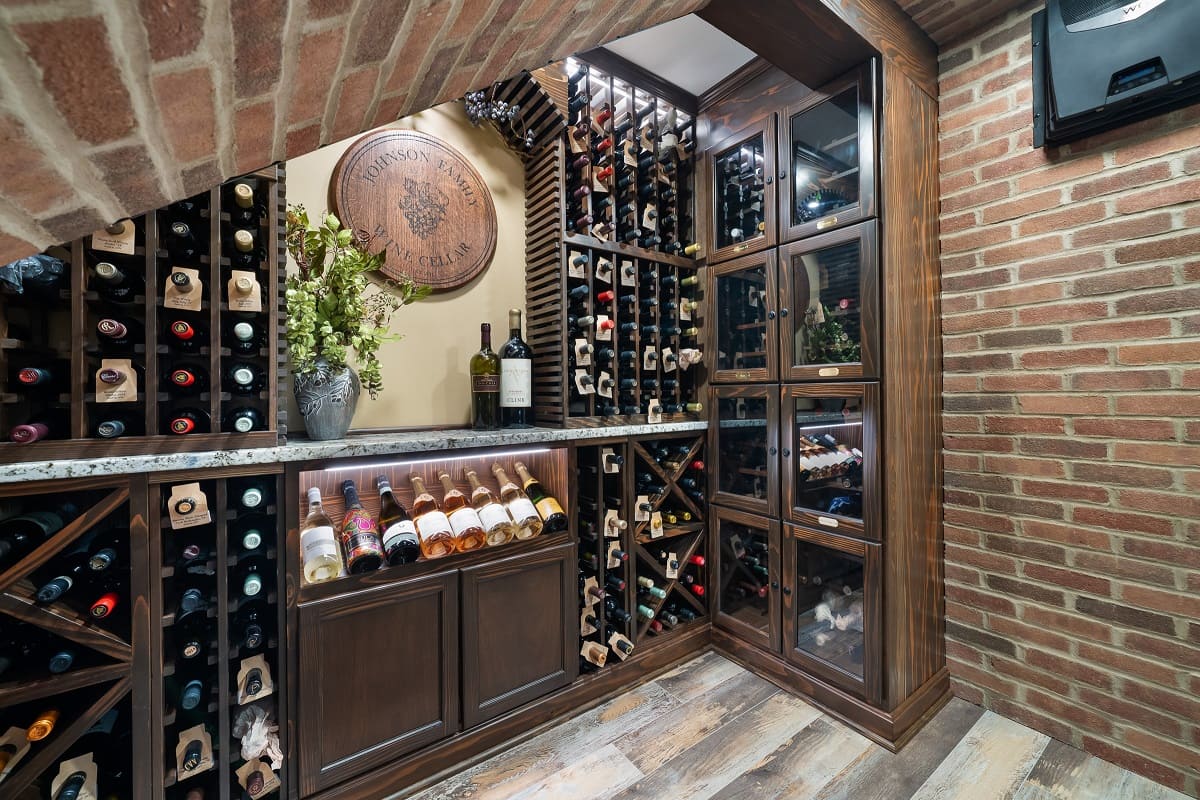
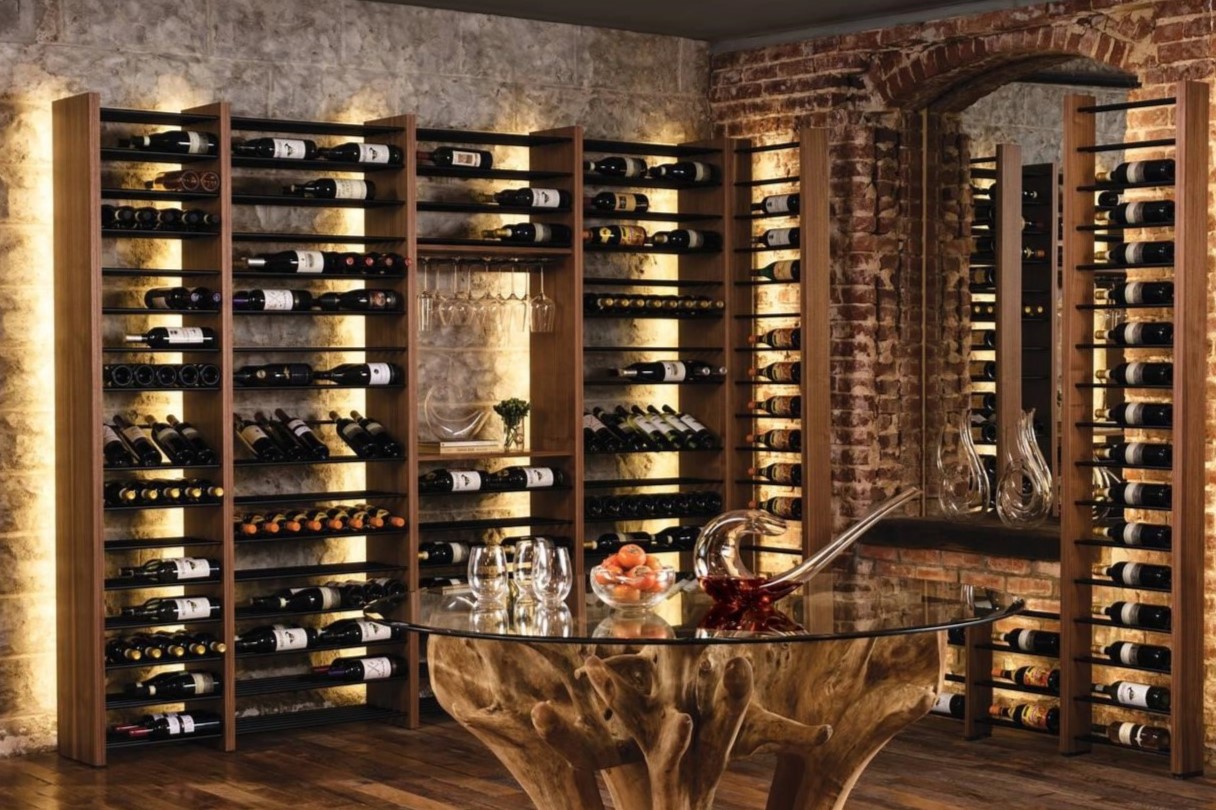
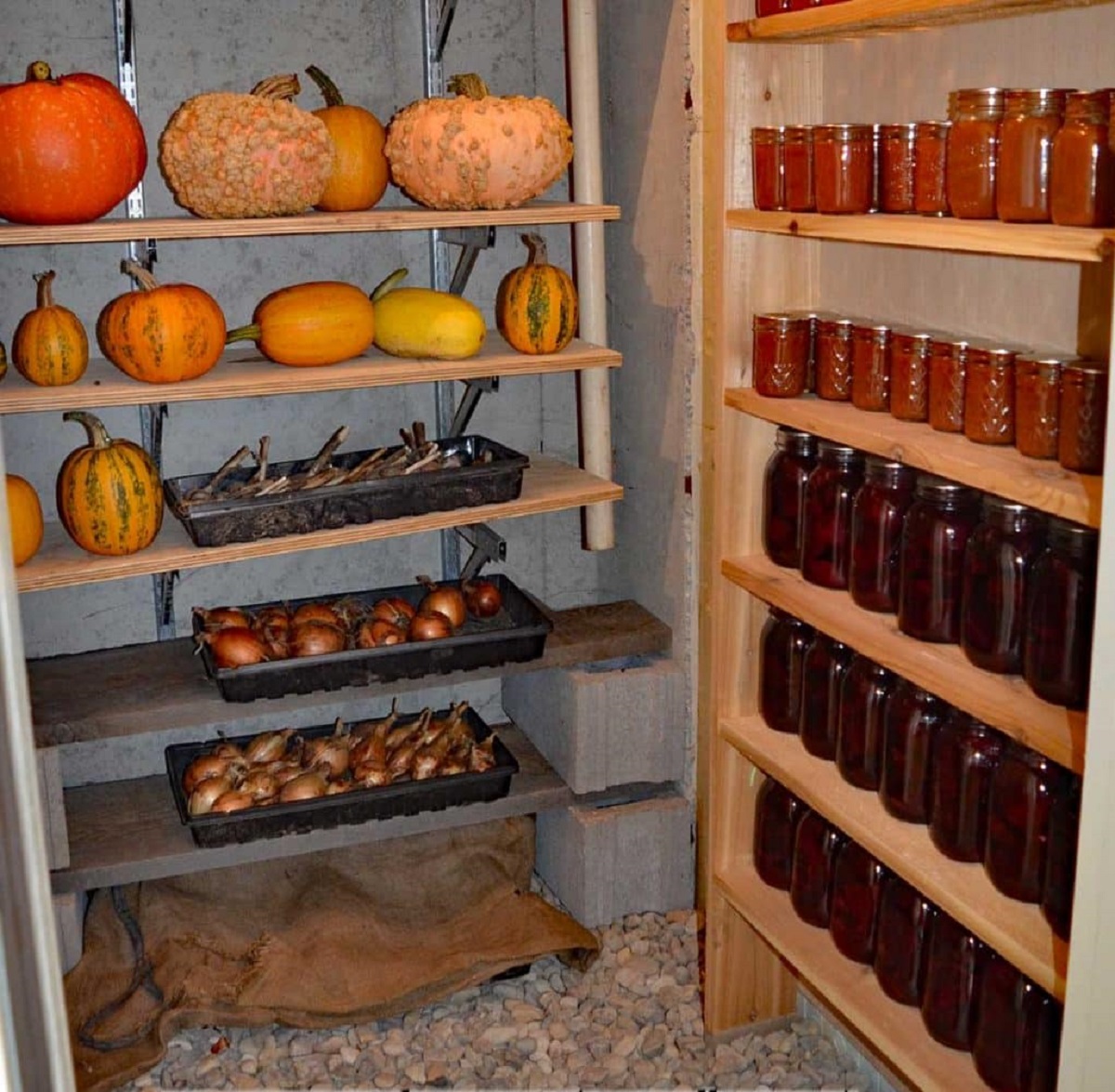

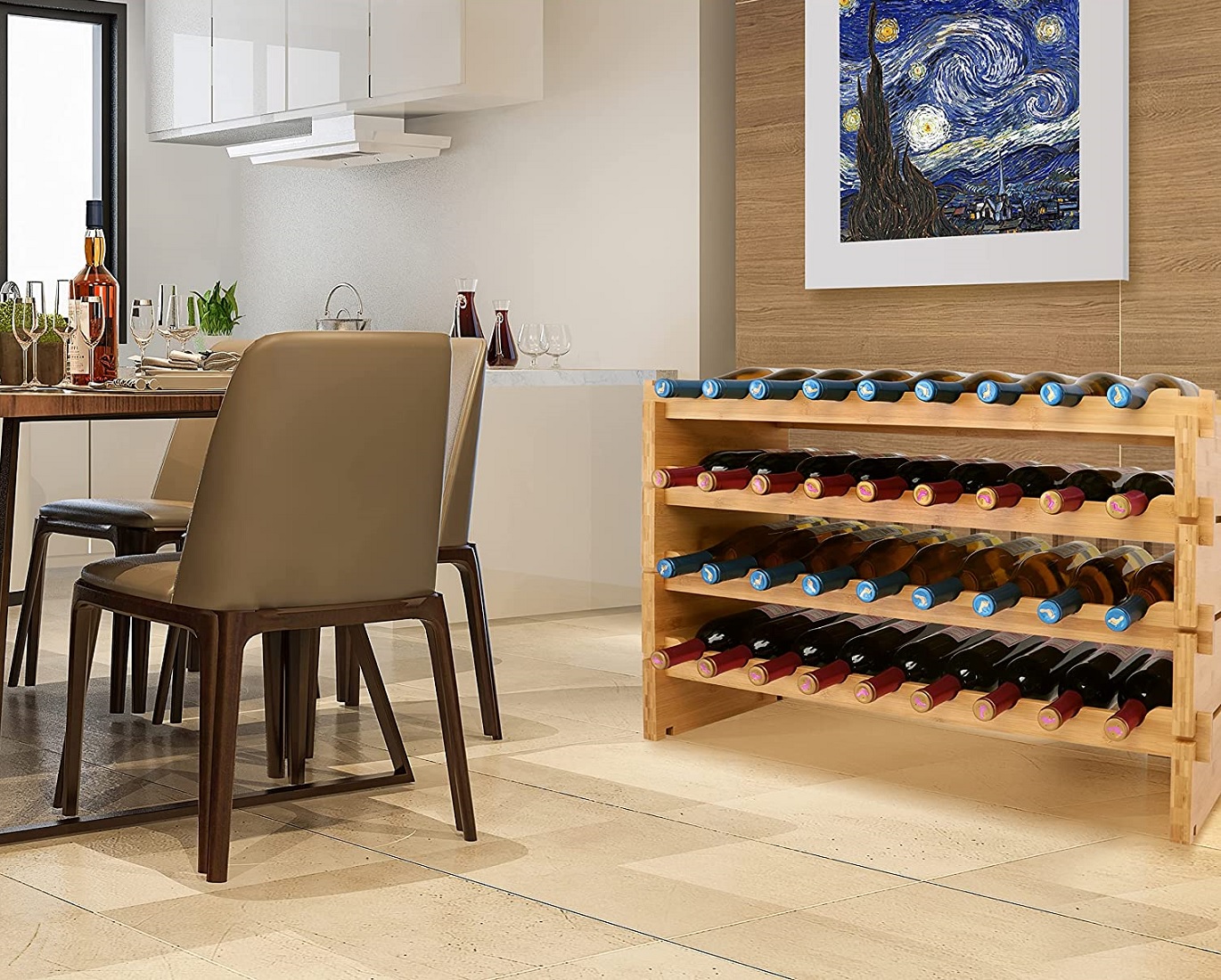


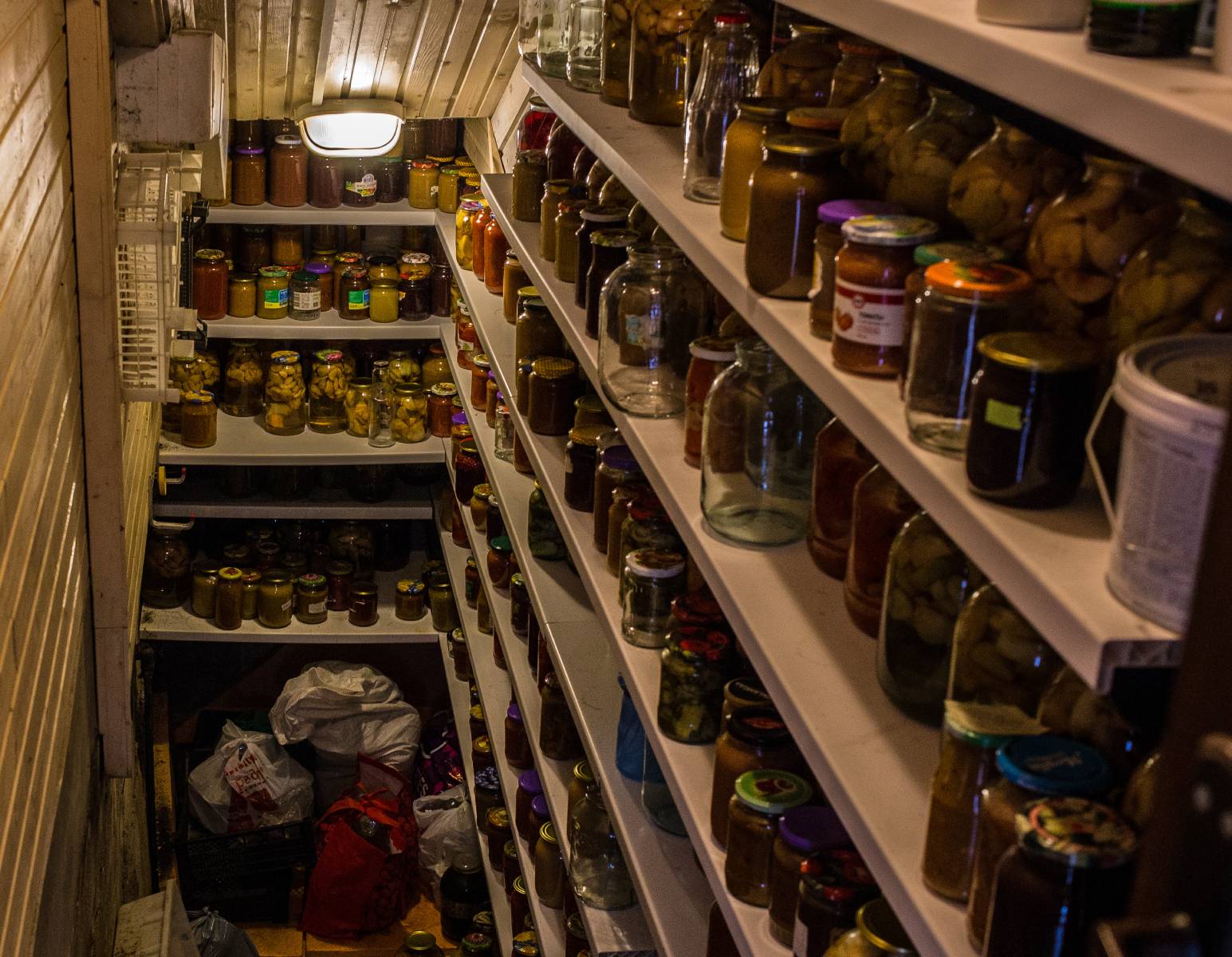

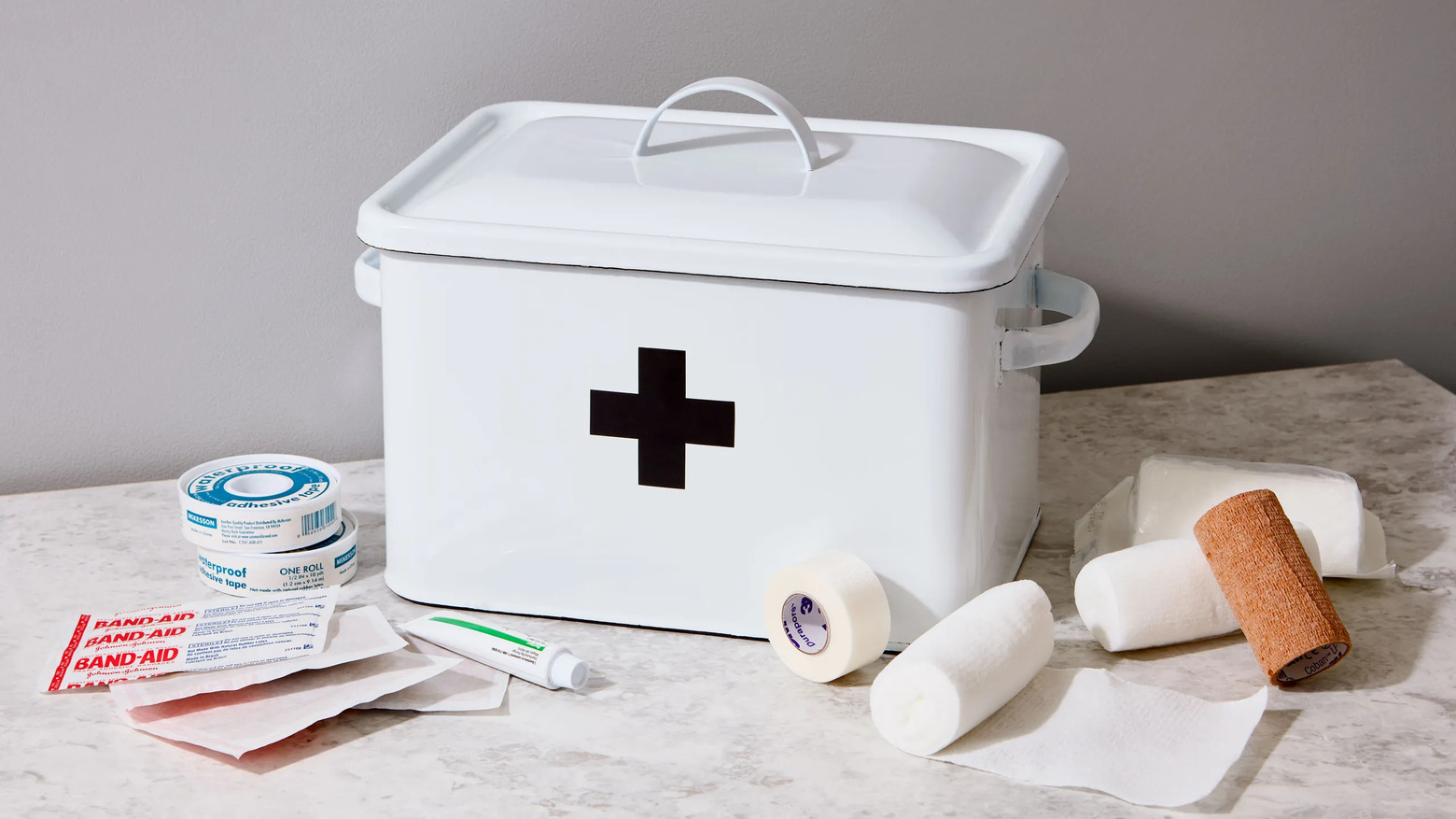
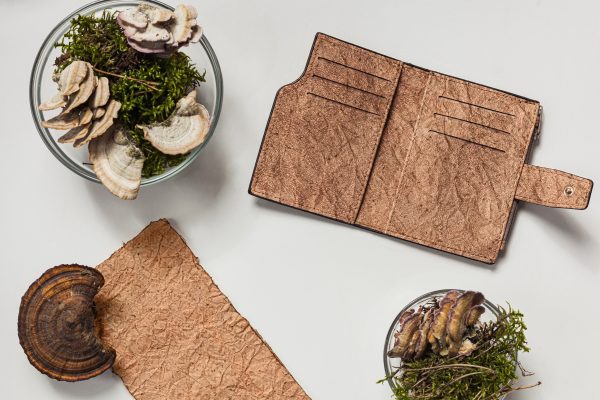
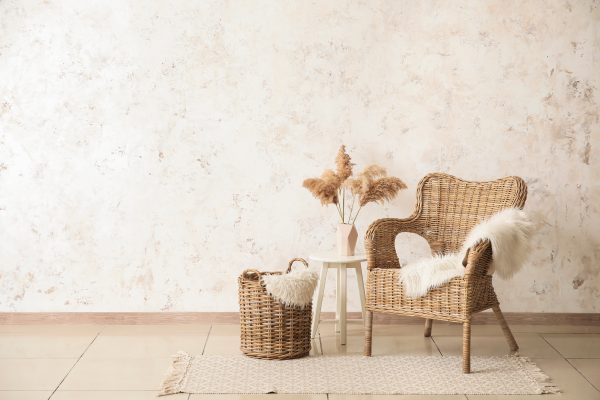


0 thoughts on “What Is A Cellar”